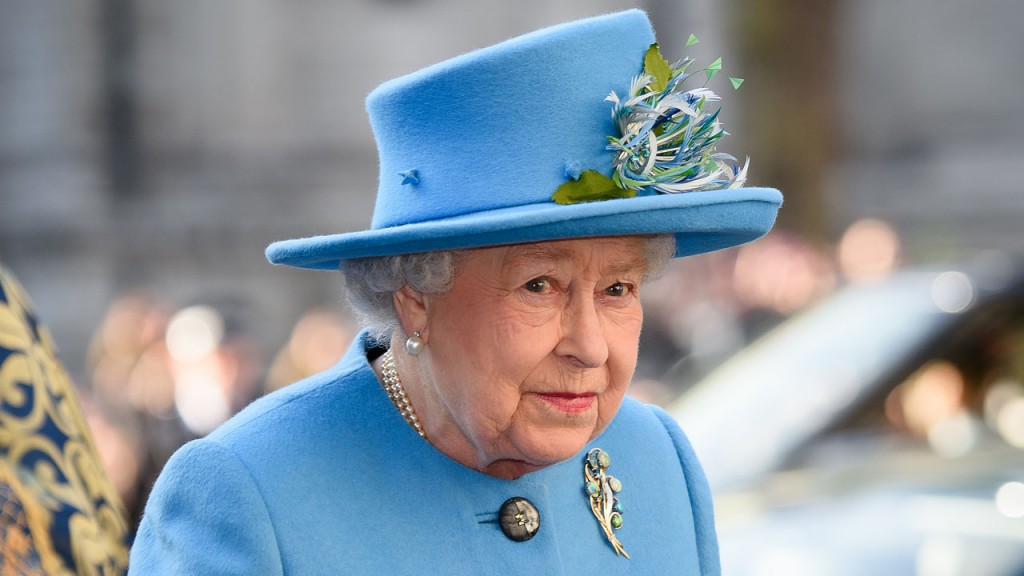Queen Elizabeth II celebrates her 90th birthday on Thursday after last year becoming the longest-reigning monarch in British history.
Here are some key dates from the queen’s life:
– April 21, 1926: Elizabeth Alexandra Mary Windsor is born.
– February 6, 1952: King George VI dies aged 56. His 25-year-old daughter Elizabeth, visiting Kenya at the time, ascends to the throne and flies home.
– June 2, 1953: Elizabeth is crowned in Westminster Abbey, with sales of televisions surging as millions of Britons crowd around TVs to catch a glimpse of their glamorous young queen.
– February 19, 1960: The queen becomes the first reigning monarch to give birth since Queen Victoria in 1857, with the arrival of third child Prince Andrew.
She and husband Prince Philip will have four children in total: heir to the throne Prince Charles, Princess Anne, Prince Andrew and Prince Edward.
– 1970: Carries out the first royal walkabouts, meeting members of the public face-to-face in the street, during a tour of Australia and New Zealand, underlining the royal family’s gradual modernisation.
– 1977: Celebrations marking the queen’s silver jubilee — 25 years on the throne. She embarks on a tour of Britain and Commonwealth countries, travelling some 56,000 miles (90,000 kilometres).
– April 18, 1980: Zimbabwe becomes independent from Britain, the last of its major colonies to break away. Over 40 countries formerly part of the British Empire gain independence during the queen’s reign.
– July 29, 1981: Marriage of the queen’s son and heir Prince Charles to Lady Diana Spencer seems to cement the monarchy’s popularity. Diana gives birth to William in 1982, providing the next in line to the throne.
– 1992: The queen endures what she calls her “annus horribilis” — Latin for horrible year — a low point of her reign.
Prince Charles and Prince Andrew separate from their wives, Princess Anne gets divorced and Windsor Castle is badly damaged in a fire.
– August 31, 1997: Diana dies in a Paris car crash. The queen is heavily criticised for keeping the family mourning privately at their country estate Balmoral, Scotland rather than returning to London.
The failure to lower the royal flag at Buckingham Palace in mourning is also deeply unpopular. After days of intense pressure when she is accused of lacking compassion, the queen comes back to London and addresses the nation on TV.
– November 20, 1997: The queen and Prince Philip celebrate 50 years of marriage. While he has earned a reputation for gaffes and tasteless jokes, she hails him as “my strength and stay all these years”.
– 2002: Britain marks the queen’s golden jubilee — 50 years on the throne. The year is marred by the deaths of princess Margaret, her only sibling, and her mother, Elizabeth, known as the Queen Mother.
– April 29, 2011: Prince William marries commoner Kate Middleton. The couple, who stress the importance of living as ordinary a life as possible, are popular and represent a more modern face for the next generation of the monarchy.
– 2012: Diamond jubilee celebrations underline public support for the monarchy, which also benefits from the euphoria surrounding the London Olympics.
– July 22, 2013: The birth of Prince George, first son of Prince William and Kate, means the queen now has three generations of direct heirs, testimony to her longevity.
– September 9, 2015: The queen becomes Britain’s longest reigning monarch, surpassing queen Victoria.
– April 21, 2015: The queen turns 90.

